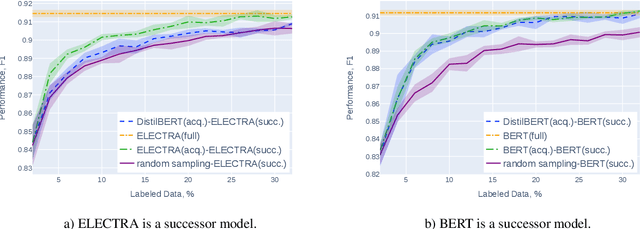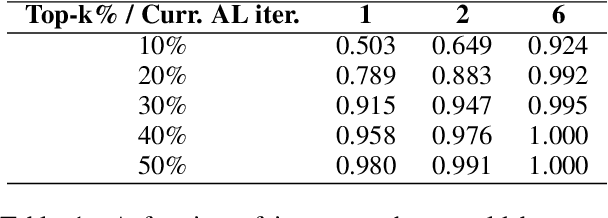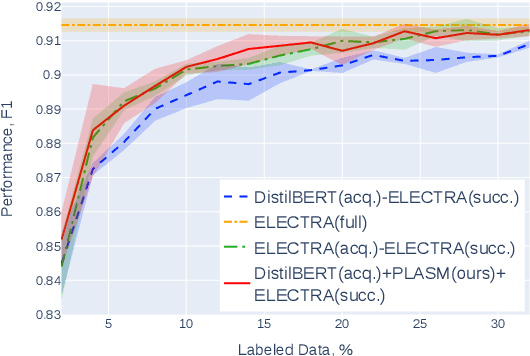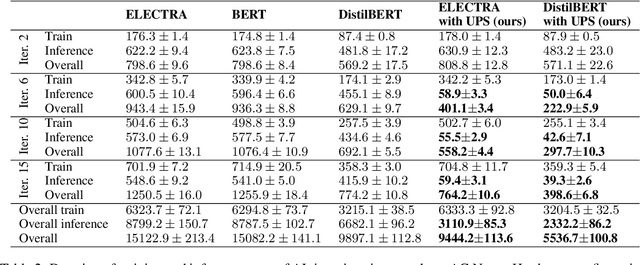Leonid Sanochkin
Active Learning for Abstractive Text Summarization
Jan 09, 2023



Abstract:Construction of human-curated annotated datasets for abstractive text summarization (ATS) is very time-consuming and expensive because creating each instance requires a human annotator to read a long document and compose a shorter summary that would preserve the key information relayed by the original document. Active Learning (AL) is a technique developed to reduce the amount of annotation required to achieve a certain level of machine learning model performance. In information extraction and text classification, AL can reduce the amount of labor up to multiple times. Despite its potential for aiding expensive annotation, as far as we know, there were no effective AL query strategies for ATS. This stems from the fact that many AL strategies rely on uncertainty estimation, while as we show in our work, uncertain instances are usually noisy, and selecting them can degrade the model performance compared to passive annotation. We address this problem by proposing the first effective query strategy for AL in ATS based on diversity principles. We show that given a certain annotation budget, using our strategy in AL annotation helps to improve the model performance in terms of ROUGE and consistency scores. Additionally, we analyze the effect of self-learning and show that it can further increase the performance of the model.
Towards Computationally Feasible Deep Active Learning
May 07, 2022



Abstract:Active learning (AL) is a prominent technique for reducing the annotation effort required for training machine learning models. Deep learning offers a solution for several essential obstacles to deploying AL in practice but introduces many others. One of such problems is the excessive computational resources required to train an acquisition model and estimate its uncertainty on instances in the unlabeled pool. We propose two techniques that tackle this issue for text classification and tagging tasks, offering a substantial reduction of AL iteration duration and the computational overhead introduced by deep acquisition models in AL. We also demonstrate that our algorithm that leverages pseudo-labeling and distilled models overcomes one of the essential obstacles revealed previously in the literature. Namely, it was shown that due to differences between an acquisition model used to select instances during AL and a successor model trained on the labeled data, the benefits of AL can diminish. We show that our algorithm, despite using a smaller and faster acquisition model, is capable of training a more expressive successor model with higher performance.
 Add to Chrome
Add to Chrome Add to Firefox
Add to Firefox Add to Edge
Add to Edge